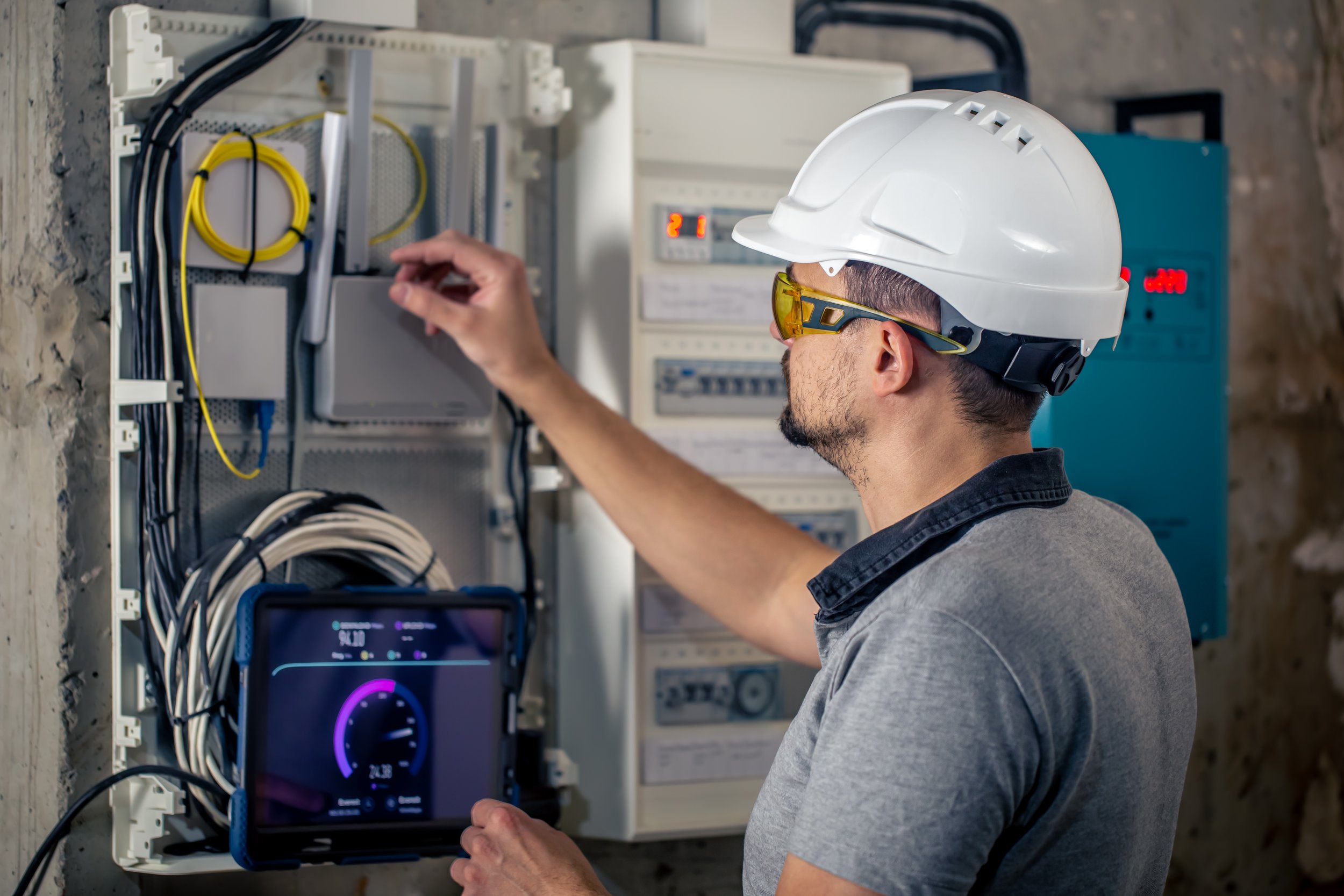
Electrical Installation Condition Reports (EICR)
Liverpools quickest and most efficient EICR contractors. We’ll be done in no time! Book Yours Now!
Our Process
1
Contact
Fill out the online form and get your quote
2
Booking
Book in a time that is convenient for you
3
Property Visit
Technician visits property and completes the EICR
4
Report
Report is issued two working days later
Who We Work With
Local Councils
Commercial Entities
Landlords
Homeowners
Facilities Managers
Building Companies
What are people saying about us !

“We needed an EICR for our rental property. The guys at ION booked us in really quickly and we got the report back within two days. Fantastic service.”
Chris - Liverpool Homeowner
FAQ’s
-
An Electrical Installation Condition Report (EICR) is a comprehensive assessment that evaluates the safety and condition of an electrical installation within a property. It is conducted by a qualified electrician or engineer to ensure compliance with regulations and to identify any potential hazards or faults.The primary objective of an EICR is to ascertain the overall safety of the electrical wiring, systems, and equipment within a building. It involves a detailed inspection of various components, including distribution boards, sockets, switches, and lighting fixtures, to determine if they meet the required standards and pose no threat to occupant safety.
-
During the inspection, the electrician will assess the installation against the requirements outlined in the current edition of the Wiring Regulations (e.g., BS 7671 in the UK). They will look for any signs of wear and tear, damage, or incorrect installations that might compromise the electrical system's integrity.The EICR also includes testing procedures, such as the inspection and testing of circuits, to measure electrical parameters like insulation resistance, earth loop impedance, and continuity of the conductors. These tests help identify potential faults, such as short circuits or inadequate wiring, which could lead to electric shocks, fires, or other electrical accidents.
-
After completing the assessment, the electrician will provide a detailed report, summarising the findings. This report will include any observed defects, deviations from the regulations, and recommendations for remedial actions. The defects are categorised as either "Code 1" (danger present, immediate action required), "Code 2" (potentially dangerous, remedial action needed urgently), or "Code 3" (improvement suggested).
-
The EICR is a vital tool to ensure electrical safety in a building and should be carried out periodically, depending on the type of premises and its usage. For example, commercial properties typically require more frequent testing compared to residential premises. Regular EICRs help identify potential hazards, prevent electrical emergencies, and maintain compliance with legal requirements.It is crucial to address any issues or defects identified in the report promptly. Timely action not only helps mitigate potential risks but also ensures the electrical installation remains in a safe condition, promoting the overall well-being of occupants and minimising the likelihood of disruptions due to electrical faults.







